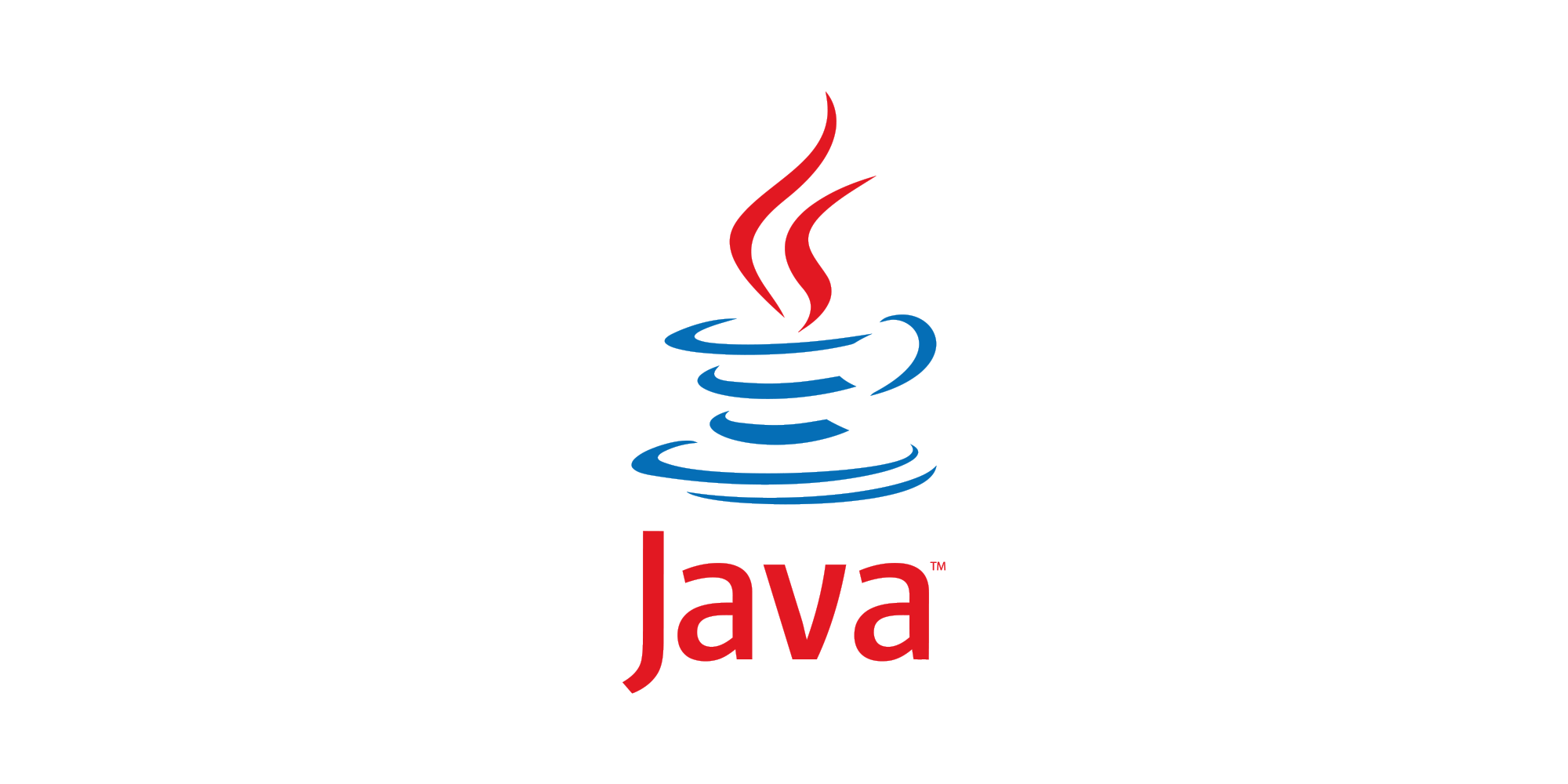Lambda
메소드를 하나의 식으로 간단하게 표현한것이다.
형식
(자료형 변수) -> {(메소드 실행코드;)}
함수형 인터페이스에서만 람다식을 사용할수있다.MyMath m = new MyMath(){
public int add(int a, int b){
return a+b;
}
};
System.out.println(m.add(1,2));jdk8버전 이전에는 익명의 내부클래스를 사용을 했었음
MyMath m = (int a,int b)->{return a+b;};jdk8이후 부터는 람다식이 도입되어서 코드를 간결하게 할 수 있다.
MyMath m = (a,b) -> a+b;매개변수타입이 생략 가능하고 return문이 하나인경우 생략가능하다.
예제)
new Thread(new Runnable(){
public void run(){
for(int i=0; i<=10; i++){
System.out.println(i+(Hello));
}
}
}).start();
위 코드를 람다식으로 바꿔보자
new Thread(() -> {
for(int i=0; i<=10; i++){
System.out.println(i+(hello));}
}).start();Runnable메소드 파라미터가 없기때문에 람다식에서는 아무것도 적지않고 실행문장만 적어주면 된다.
예제) (1초에 한번씩 시간을 출력하는 스레드를 람다식으로 출력)
new Thread(()->{
SimpleDateFormat sdf = new SimpleDateFormat("YYYY/MM/dd HH:mm:ss");
while(true){
String s1 = sdf.fomat(new Date());
System.out.println(s1);
try{
Thread.sleep(1000);
}catch(InterruptedException ie){
System.out.println(ie.getMessage());
}
}
}).start();시간을 출력하는 클래스는 Calendar라고 있지만 객체와 변수를 해당하는 만큼 만들어줘야하기때문에 번거롭다.
foreach(Consumer<? super T> action)
Consumer는 매개변수는 받아들이고 return값은 반환하지 않는다.
HashSet또한 하나의 값을 가지고 Consumer Interface를 사용한다.
ArrayList<String> list = new ArrayList<>();
list.add("카메라");
list.add("사진");
list.add("렌즈");
list.forEach(new Consumer<String>(){
public void accept(String t){
System.out.println(t);}
});이처럼 accept(String t)의 값을 반복해서 받아서 출력한다. 반환값은 없다.
list.forEach((t)->System.out.println(t));위 코드를 람다식으로 바꾼것이다.
forEach(BiConsumer)
Biconsumer는 두개의 입력값 <키,값>을 가진다. return문이 없다.
HashMap<Integer, String> map = new HashMap<>();
map.put(1, "고길동");
map.put(2, "둘리");
map.put(3, "또치");
map.forEach(new BiConsumer<Interger, String>() {
public void accept(Integer t, String u) {
System.out.println(t+","+u)
}
});accept(Integer t, String u)코드에 키값과 문자값이 반복해서 출력된다.
forEach메소드를 람다식으로 바꾼 코드
map.forEach((t,u)->System.out.println(t+","+u));Stream
Stream은 배열 또는 컬렉션 객체에 들어있는 데이터를 이용해서 다양하게 처리를 할 수 있는 객체이다.
컬렉션이나 배열을 사용해서 처리를 하려면 배열에 대한 반복을 해줘야하고, 반복루프 안에 여러개의 로직을 넣어 중첩구조를 가져가거나 이를 위한 별도의 함수를 만들어야하고 버그를 유발하기 쉽다. Stream은 반복을 하지않고 개별 엘리먼트에 대한 로직을 수행할 수 있다.
ArrayList<String> list = new ArrayList<String>();
list.add("고길동");
list.add("둘리");
list.add("또치");
Stream<String> s = list.Stream();
s.forEach((t)->{System.out.println(t);});Stream은 딱 한번만 사용된다.
Stream<String> s2 = list.Stream();
s2.sorted().forEach.(t->System.out.println(t));sorted는 정렬해준다.
ArrayList<Student> list1 = new ArrayList<Student>();
list1.add(new Student(1, "고길동", 80));
list1.add(new Student(2, "둘리", 80));
list1.add(new Student(3, "또치", 80));
list1.add(new Student(4, "마이클", 80));
Stream<Student> s3 = list1.stream();
s3.forEach(s->System.out.println(s));
Stream<Student> s4 = list1.Stream();
s4.Filter((t) -> t.getNum()%2==0).forEach(s4->System.out.println(s4)); 짝수의 번호만 출력하고싶을때는 stream의 여러 함수중 filter함수를 사용하면된다.

